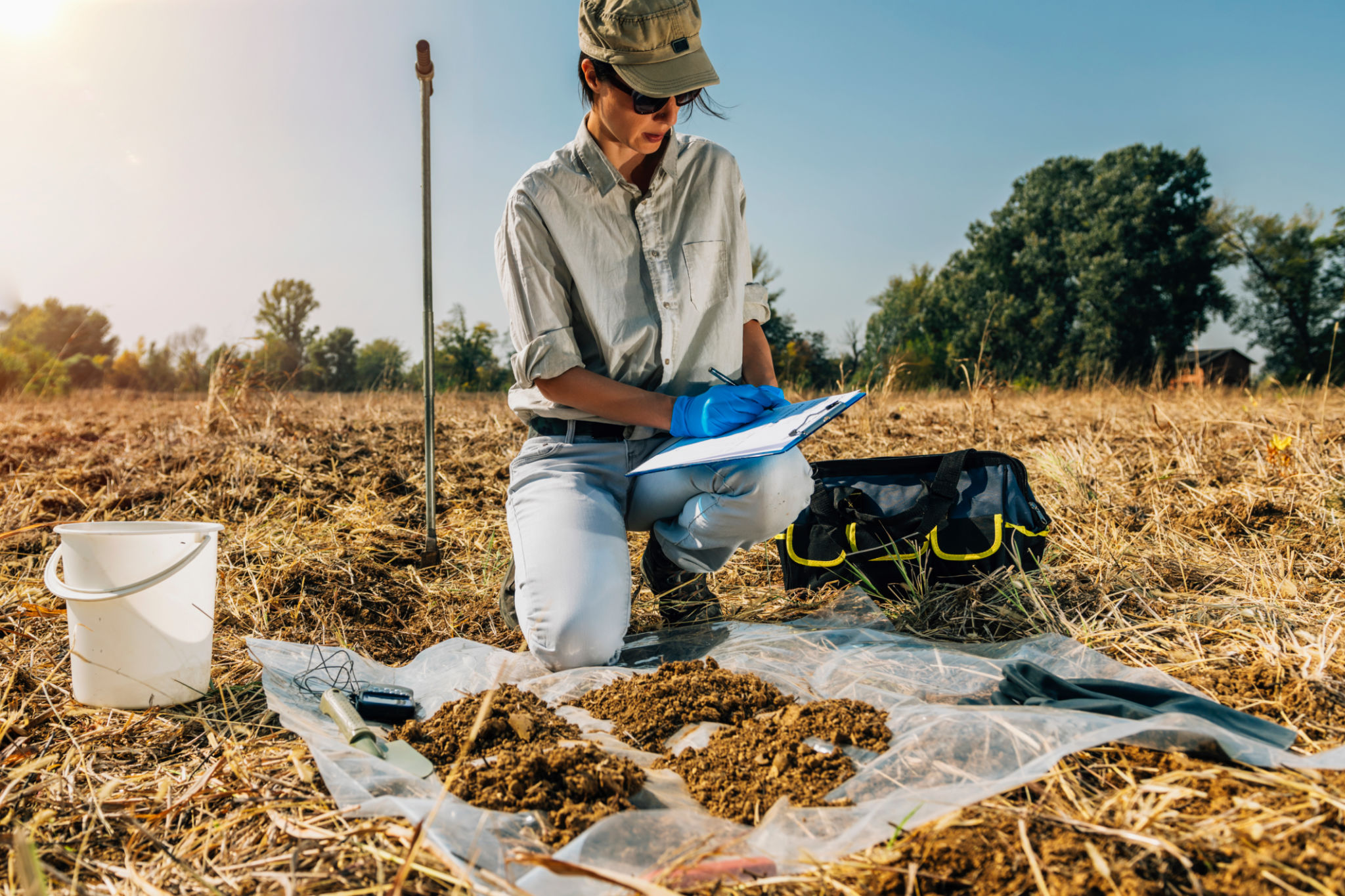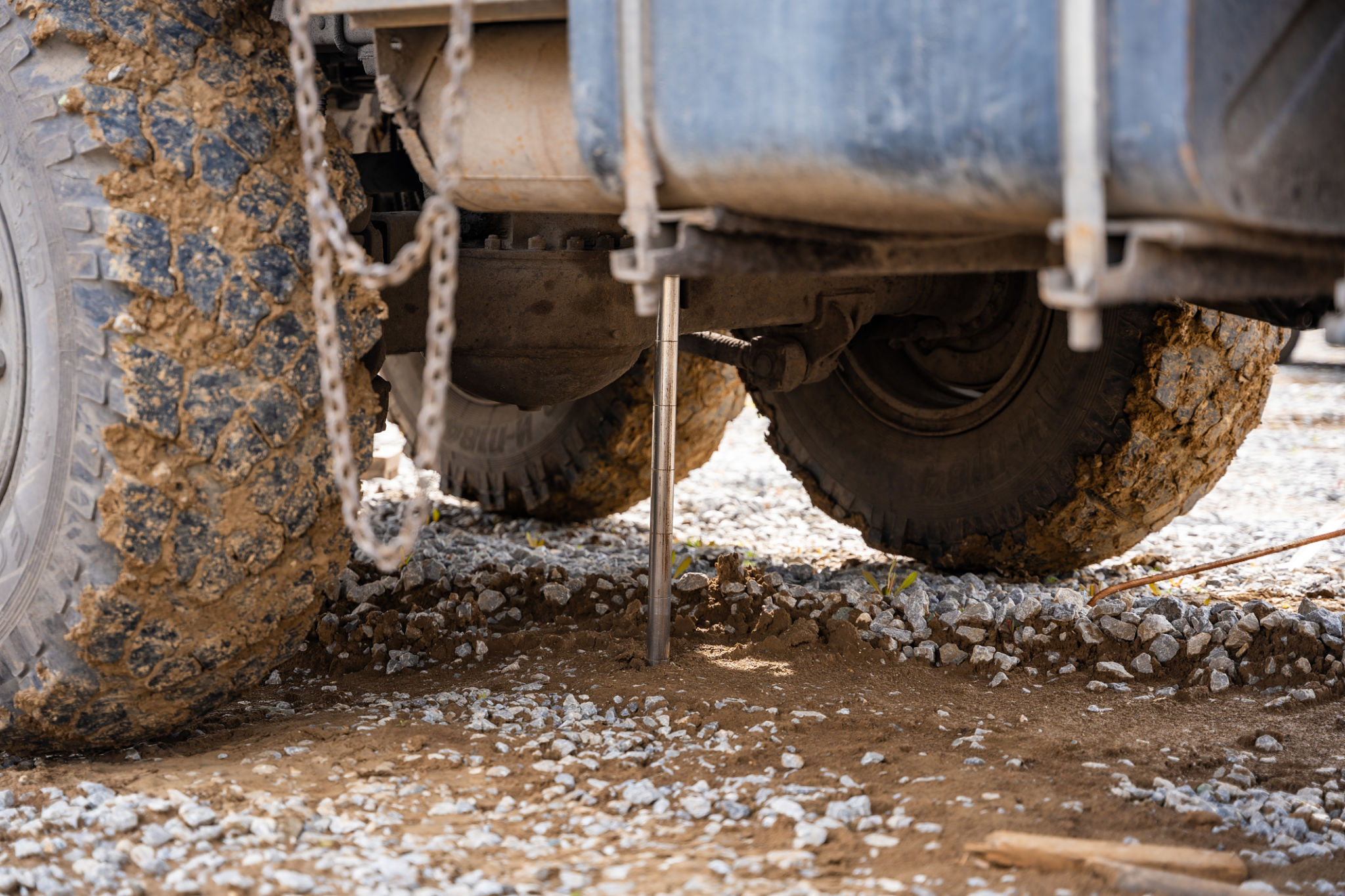Case Study: Successful Geotechnical Analysis for Local Fairfield Developments
Da
Introduction to Geotechnical Analysis
Geotechnical analysis is a crucial component in the planning and development of construction projects. In Fairfield, a region experiencing rapid development, understanding the underlying soil and rock structures is essential for ensuring the safety and stability of new buildings and infrastructure. This case study explores how effective geotechnical analysis has contributed to the success of local developments.

The Importance of Soil Testing
Soil testing forms the foundation of geotechnical analysis. It provides vital information about soil composition, density, strength, and other properties that affect construction. In Fairfield, developers have embraced thorough soil testing as a standard practice. This approach has minimized risks associated with ground instability and has ensured that structures are built on solid foundations.
Types of Soil Tests Conducted
Several types of soil tests are conducted in Fairfield developments, including:
- Borehole drilling: Helps determine the stratification and composition of soil layers.
- Standard penetration tests (SPT): Measure soil resistance to penetration, providing insights into soil strength.
- Consolidation tests: Assess how much soil will compress under load, crucial for predicting settlement.
Advanced Geotechnical Techniques
Beyond traditional soil testing, Fairfield developers have adopted advanced geotechnical techniques to enhance project outcomes. These methods offer a more comprehensive understanding of subsurface conditions. Techniques such as seismic refraction and electrical resistivity imaging have become increasingly popular in local projects.

Integration of Technology
The integration of technology in geotechnical analysis has revolutionized the field. By utilizing cutting-edge equipment and software, engineers can create detailed models of underground conditions. This leads to more accurate predictions and improved decision-making during the design and construction phases.
Case Study: Fairfield Central Business District
A shining example of successful geotechnical analysis is the redevelopment of Fairfield's Central Business District (CBD). The project required careful planning due to the area's diverse soil conditions and the need for high-rise buildings. By employing comprehensive geotechnical assessments, developers ensured that the CBD could support new structures safely.

Challenges and Solutions
The redevelopment faced several challenges, including areas with soft clay and variable water tables. Through meticulous analysis and customized engineering solutions, such as deep foundation systems and ground improvement techniques, these challenges were effectively addressed. The result is a thriving urban area that meets modern safety standards.
Benefits for Local Communities
The benefits of successful geotechnical analysis extend beyond construction safety. For local communities in Fairfield, it means enhanced infrastructure resilience against natural disasters like earthquakes and floods. Additionally, it contributes to sustainable urban development by ensuring that projects are durable and environmentally responsible.
In conclusion, the case study of Fairfield demonstrates the critical role of geotechnical analysis in fostering safe and sustainable regional development. By prioritizing thorough soil testing and embracing advanced technologies, developers create resilient structures that benefit both residents and businesses alike.